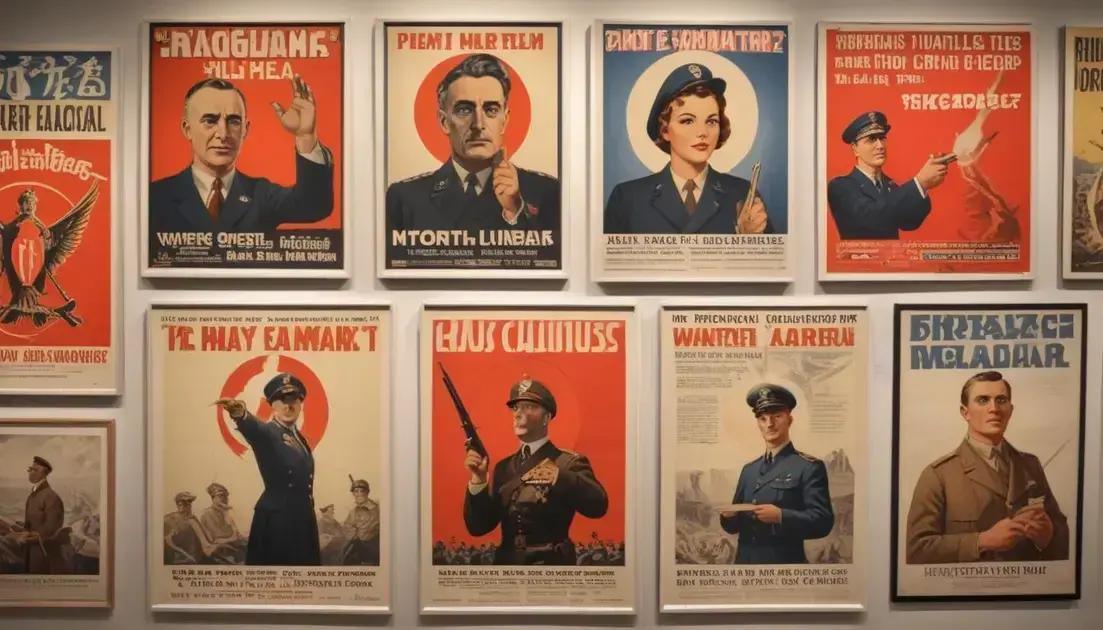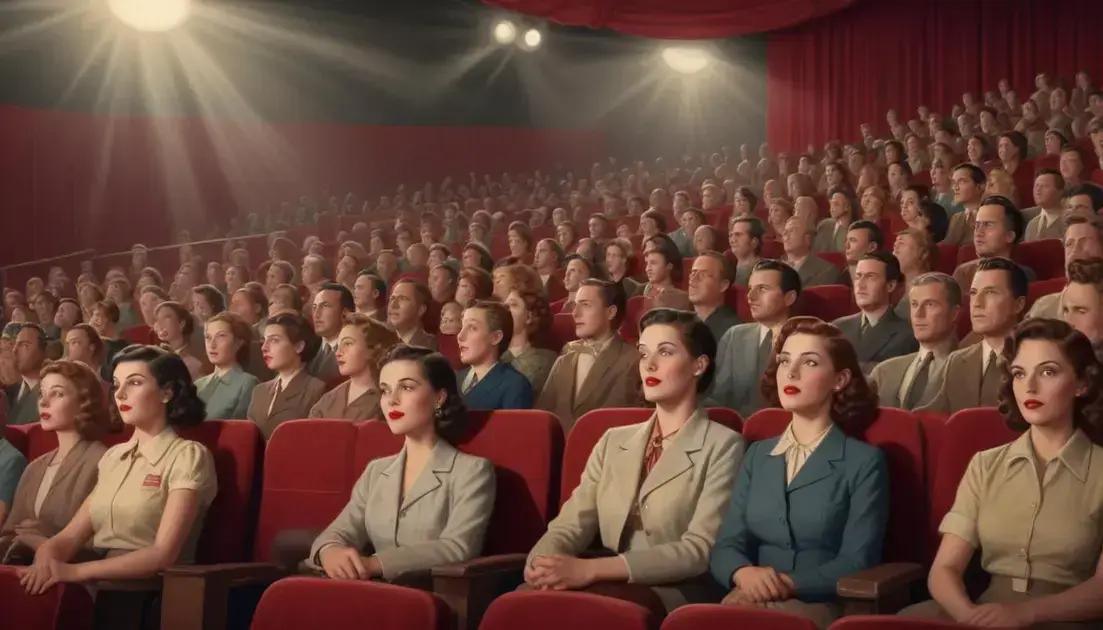
Propaganda Posters That Shaped Nations
Propaganda posters have significantly shaped public perception and political landscapes globally. These powerful tools utilize emotional imagery and persuasive messages to rally support during wars and inspire social movements. Their legacy continues in modern advertising and media, reflecting how art and psychology affect societal views. By understanding the impact of these posters, we gain insight into their role in influencing awareness and action on important issues.
Posters have long been a medium of influence, shaping ideologies and movements around the globe. Ever wondered how a mere image can have such power? Let’s dive into its backstory!
The Art of Influence
The art of influence is all about how we can shape thoughts and feelings through simple images. Think about those posters you see everywhere. They grab our attention and make us think twice.
One major goal of these posters is to persuade people. They often simplify complex ideas, turning them into a clear message. For instance, a bright poster with a strong image can spark a feeling of unity or urgency.
These designs are not just random. They use colors, symbols, and words carefully. Bright colors grab attention, while strong symbols connect deeply with emotions. This is why posters can sometimes move us more than speeches.
We also see this art form in historical events. In times of war, propaganda posters were crucial for rallying support. They helped to boost morale, recruit soldiers, and even promote rationing. The power of a well-designed poster can change attitudes and inspire action.
Now, think about how we experience these influences today. With social media being so powerful, the way we see these images has changed. Yet, the core still remains. Posters are made to connect, influence, and inspire action.
The art of influence with posters shows us how visual messages can carry weight in our lives. It’s amazing how a piece of paper can make us feel a part of something bigger.
Famous Propaganda Posters
Famous propaganda posters played a key role in shaping public opinion during critical times. They often conveyed strong messages quickly using art and design.
One well-known example is the “We Can Do It!” poster featuring Rosie the Riveter. This image became a symbol of female empowerment during World War II. It encouraged women to work in factories and support the war effort.
Another famous poster is the “I Want You” featuring Uncle Sam. It urged American men to enlist in the army during World War I. This iconic image captured the spirit of patriotism and duty.
Propaganda posters also influenced feelings during the Cold War. Posters from both sides used bold imagery and slogans to warn against the enemy. They aimed to promote national pride and fear of the opponent.
These famous posters used powerful visuals. Colors, faces, and symbols made the messages resonate. The art choices effectively grabbed attention and sparked emotions.
Additionally, many of these posters remain relevant today. They are studied in art and history classes. Their impact on society is still felt and seen in modern designs.
The Role of Posters in Politics
The role of posters in politics is incredibly important. These visuals can change opinions and spark movements. They convey messages quickly and effectively.
In elections, posters are everywhere. They feature candidates’ faces alongside slogans. This way, voters quickly recognize who they are. A catchy slogan or strong imagery can make a huge difference.
During protests, posters express the views of the people. They help raise awareness on social issues like climate change or human rights. Eye-catching designs and powerful words can inspire action.
Governments often use posters to promote policies. These messages shape public perception and encourage support. For instance, a health campaign might use clear images to promote vaccination.
Throughout history, political posters have reflected the times. They show us what was important to society at different points. Styles and messages change with trends and technology.
Additionally, with the rise of social media, posters have evolved. Digital posters share the same impactful messages but reach a wider audience. This shows that the art of political messaging continues to grow.
Psychology Behind Propaganda
The psychology behind propaganda is fascinating. It focuses on how messages influence people’s thoughts and feelings. Understanding this helps us recognize the power of propaganda.
Propaganda often uses emotions to connect with viewers. Images and words are chosen carefully to spark feelings like fear, pride, or hope. For instance, a dramatic image can make people feel scared about a threat.
One key concept is the bandwagon effect. This is the idea that people want to follow trends. If they see many others supporting a cause, they may join in too. Posters that show crowds can encourage this behavior.
Another important idea is repetition. When we see the same message often, it sticks. This makes the idea seem true, and it influences our opinions. Strong slogans repeated in posters can have a lasting effect.
Moreover, symbols also play a big part. They can represent complex ideas simply. A symbol, like a flag, can evoke feelings of loyalty and patriotism instantly.
In short, propaganda combines art and psychology to persuade. By understanding these techniques, we can become more aware of the messages we receive daily.
Global Impact and Legacy
The global impact and legacy of propaganda posters is significant. They not only shaped history but also influenced cultures worldwide. These posters tell stories that resonate across borders.
Throughout wars, nations used propaganda to unify people. Posters motivated citizens to support their countries. They inspired enlistment, resource conservation, and patriotism. The imagery was often bold and emotional, making a lasting impression.
After the wars, many of these posters became symbols of social change. They inspired movements for civil rights, women’s rights, and more. Their powerful messages still encourage activism today.
Moreover, propaganda art continues to influence modern media. Today’s advertisements and political campaigns often borrow ideas from these historical designs. They use similar techniques to catch attention and evoke emotion.
This legacy serves as a reminder of how art can shape societies. We continue to learn from these powerful images and their effects on public perception. The role of propaganda is still relevant in current events.
In summary, the legacy of propaganda posters remains strong. They continue to inform, inspire, and challenge us across generations.
Conclusion
In conclusion, propaganda posters have played a vital role in shaping our world. They have influenced public opinion during wars and inspired social movements. Their ability to connect through powerful visuals and emotional messages is remarkable.
Today, we see the legacy of these posters in modern media and advertising. Understanding their impact helps us recognize the persuasive techniques used in everyday life. By studying these historical images, we gain insights into how art and psychology work together.
Overall, the global impact of propaganda posters is profound. They remind us that images can inspire change and unite people for a cause. As we move forward, acknowledging their influence can help us navigate the messages we encounter every day.


